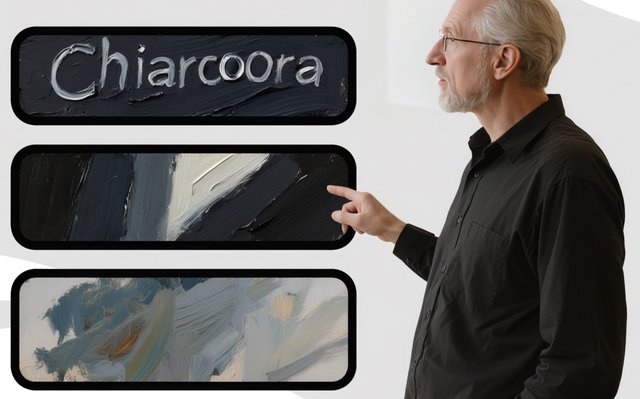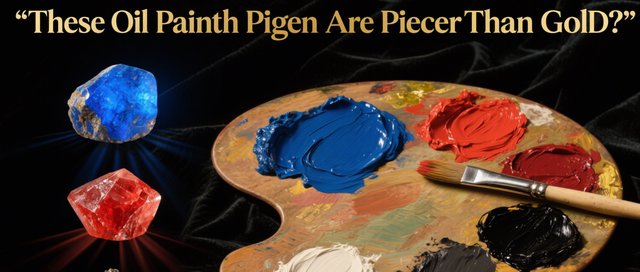The Use of Strong Chiaroscuro Techniques by Ilya Repin and Meindert Hobbema

Ilya Repin and Meindert Hobbema are two remarkable Artists who have made significant contributions to the art of Oil painting, particularly through their adept use of strong chiaroscuro techniques.
Chiaroscuro, the contrast between light and dark, is a powerful tool in the hands of these artists. In Ilya Repin’s works, such as his historical and genre paintings, the strong chiaroscuro creates a dramatic atmosphere. For instance, in his depictions of scenes from Russian history or the lives of the common people, the play of light and dark serves to highlight the key elements and figures. The bright areas draw the viewer’s attention to the main characters or important details, while the dark shadows add depth and mystery. This contrast can intensify the emotions being conveyed, whether it is the solemnity of a historical event or the hardship of the working class. It gives a three-dimensional quality to the figures and settings, making them seem more tangible and real.
Meindert Hobbema, known for his landscapes, also utilizes strong chiaroscuro to great effect. In his idyllic countryside scenes, the contrast between light and dark helps to define the forms of the trees, the contours of the land, and the play of sunlight and shade. The bright patches of sunlight filtering through the foliage or illuminating a particular area of the landscape create a sense of warmth and beauty. The dark areas, such as the shadows under the trees or in the recesses of the terrain, add a sense of depth and stability. This use of chiaroscuro not only makes the landscapes more visually appealing but also imparts a certain mood, perhaps a sense of tranquility or the passage of time as the light changes throughout the day.
The strong chiaroscuro techniques used by both artists enhance the overall composition of their paintings. It guides the viewer’s eye, leading it from one area of interest to another. It can also create a sense of balance, as the light and dark areas interact and counterbalance each other. Moreover, these techniques can be used to tell a story or convey a message. In Repin’s works, the chiaroscuro might emphasize the social or historical context, while in Hobbema’s landscapes, it can express the relationship between man and nature or the cyclical nature of the day.
In conclusion, the use of strong chiaroscuro techniques by Ilya Repin and Meindert Hobbema is a testament to their artistic mastery. It enriches their paintings, making them more than just visual representations but also emotional and narrative experiences. Through the careful manipulation of light and dark, they have created works that continue to captivate and inspire viewers, and their use of this technique has left a lasting mark on the history and development of oil painting.




